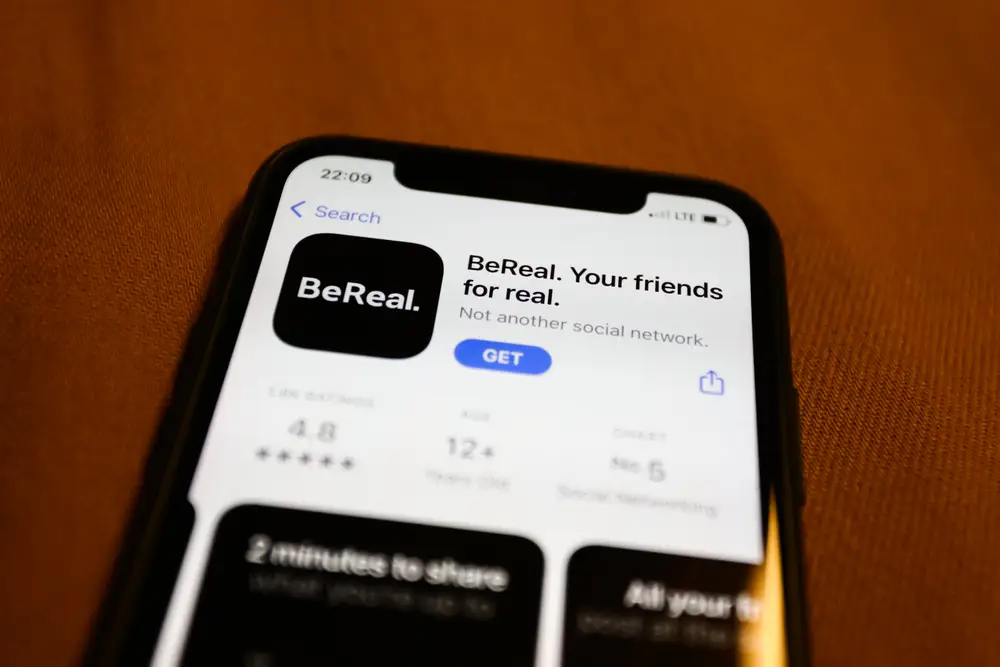SOCIAL NETWORK
The Rise and Fall of MySpace: A Social Media Pioneer
In the early 2000s, MySpace emerged as a revolutionary platform that transformed the way people connected online. Known for its customizable profiles and vibrant music scene, MySpace was the epicenter of social networking before the rise of Facebook. Here’s a look at the history of MySpace, from its inception to its decline.
The Birth of MySpace
MySpace was founded in August 2003 by Tom Anderson, Chris DeWolfe, and a small team of developers. The concept was inspired by the growing popularity of Friendster, another early social networking site. However, MySpace differentiated itself with greater flexibility and user control over profile customization. It quickly gained traction, especially among younger users and musicians looking for a platform to promote their work.
Rapid Growth and Popularity
By 2004, MySpace was rapidly growing, attracting millions of users. The ability to customize profiles with HTML and CSS allowed users to express their personalities creatively. The platform’s music feature, where bands and artists could upload songs, became a major draw, establishing MySpace as a crucial site for music discovery and promotion.
In 2005, the rapid success of MySpace caught the attention of media conglomerate News Corporation, which acquired the platform for $580 million. This acquisition provided the resources needed for further growth, and by 2006, MySpace was the most visited website in the United States, surpassing even Google.
Cultural Impact
MySpace was more than just a social network; it was a cultural phenomenon. It played a significant role in the careers of many artists, including Lily Allen, Arctic Monkeys, and Sean Kingston, who gained popularity through their MySpace pages. The site also introduced features like the “Top 8” friends list, which sparked both friendships and rivalries among users.
Challenges and Decline
Despite its early success, MySpace faced numerous challenges. The acquisition by News Corporation led to a shift in focus towards monetization, often at the expense of user experience. Additionally, the rise of Facebook, with its cleaner interface and real-name policy, began to attract users away from MySpace.
Technical issues, spam, and slow site performance further hindered MySpace’s ability to compete. By 2008, Facebook had overtaken MySpace in user numbers and engagement. Efforts to redesign and rebrand the site failed to reverse the trend, and MySpace’s user base continued to dwindle.
Rebranding and Legacy
In 2011, Specific Media Group and Justin Timberlake acquired MySpace with plans to reinvent it as a music-centric platform. Despite these efforts, MySpace never regained its former prominence. However, it remains a significant part of internet history, remembered for its impact on social networking and music promotion.
MySpace’s legacy is evident in the features and functionalities adopted by later social media platforms. It demonstrated the power of user-generated content and the importance of community and personalization in social networks. While MySpace is no longer the giant it once was, its influence on the digital landscape continues to be felt today.
In retrospect, MySpace’s story is a testament to the rapid evolution of technology and user preferences in the digital age. It serves as a reminder of the challenges that even the most successful platforms can face in the ever-changing world of social media.




